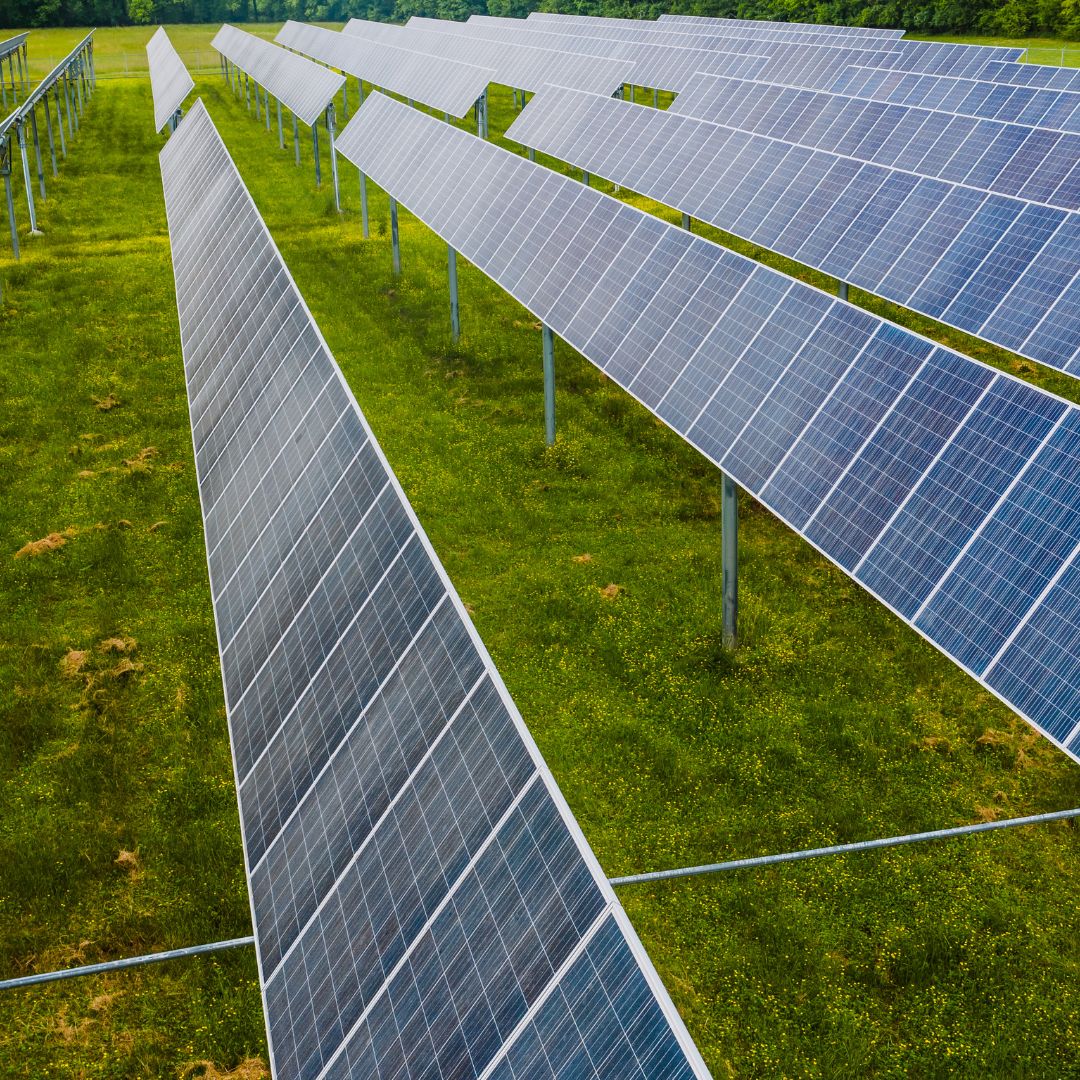
Green technology in waste management is becoming the key driver for cities and businesses in the era of green transition. With global waste projected to reach 3.4 billion tons annually by 2050 (World Bank), traditional methods like landfilling and manual incineration are no longer effective. Modern, eco-friendly waste treatment solutions linked to the circular economy are transforming waste into valuable resources while giving businesses a long-term competitive advantage.
In the context of climate change, environmental pollution, and resource scarcity, traditional methods such as landfilling and open burning reveal major drawbacks:
Green technology in waste management is part of the global green transition, combining technological innovation, sustainable governance, and circular economy models. Its goal is to minimize environmental impacts while regenerating value from waste.

In Vietnam alone, 64,000 tons of municipal waste are generated daily (Ministry of Natural Resources & Environment, 2024). Most is still landfilled, causing soil, water, and air pollution.
By adopting advanced technologies such as plasma gasification, pyrolysis, and smart recycling, up to 90% of landfill waste can be eliminated, significantly reducing greenhouse gas emissions (CO₂, CH₄) that drive climate change.
According to the Asian Development Bank (ADB), implementing circular economy practices could help Vietnamese businesses save $4.5–6.7 billion annually.
A Nielsen survey shows 81% of global consumers are willing to pay more for eco-friendly products. Businesses adopting green waste management not only strengthen their brand but also attract environmentally conscious customers.
Under the EU Carbon Border Adjustment Mechanism (CBAM), by 2026, exported goods must disclose carbon emissions. Adopting green waste technologies helps companies comply, avoid carbon taxes, and expand access to global markets.

AI, robotics, and sensors automate waste sorting at collection points, improving accuracy, efficiency, and recycling rates.
Transforming food scraps, agricultural residues, and yard waste into organic compost supports sustainable agriculture and reduces dependency on chemical fertilizers.
High-temperature processes convert mixed waste into syngas, recyclable metals, and harmless ash, reducing up to 99% of waste volume.
Municipal solid waste is converted into electricity, reducing landfill pressure while adding renewable energy to national grids.
Analyze waste composition, volume, and recycling potential.
Set measurable goals for emission reduction, recycling rates, and circular economy adoption.
Choose scalable, sustainable technologies tailored to business needs.
Provide skills and knowledge for effective waste management and system operation.
Collaborate with green tech providers, NGOs, and industry leaders to share resources and expertise.
Green technology in waste management is not only an environmental necessity but also a smart business strategy. When integrated with the green transition and circular economy, it reduces costs, increases profitability, enhances brand reputation, and ensures compliance with international standards.
As the world shifts toward sustainability, now is the golden time for businesses to invest in green technology, turning the waste challenge into an opportunity for long-term growth.